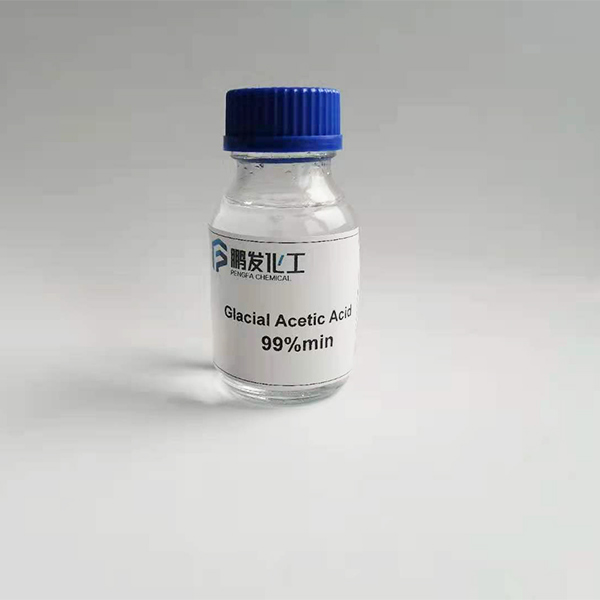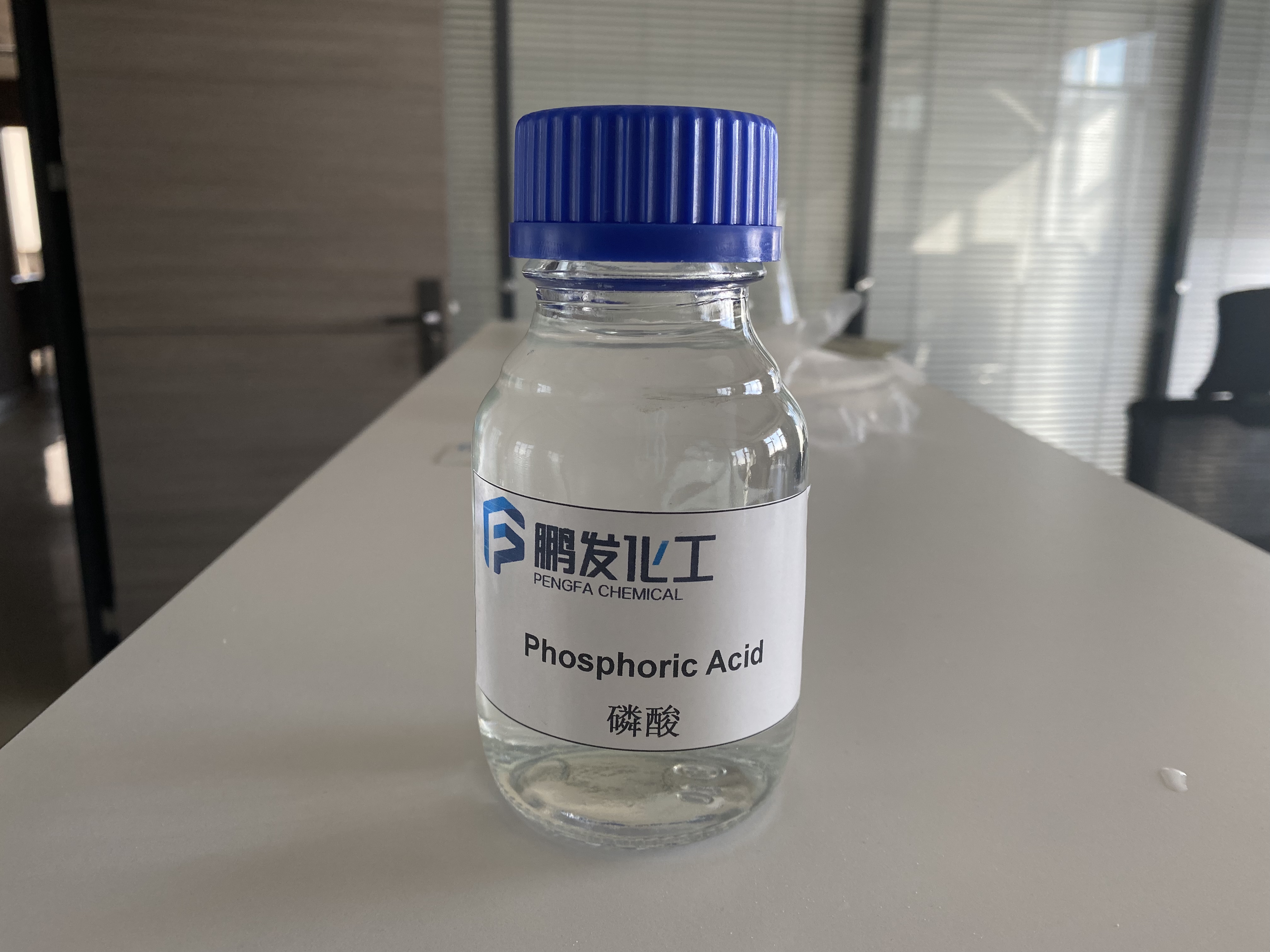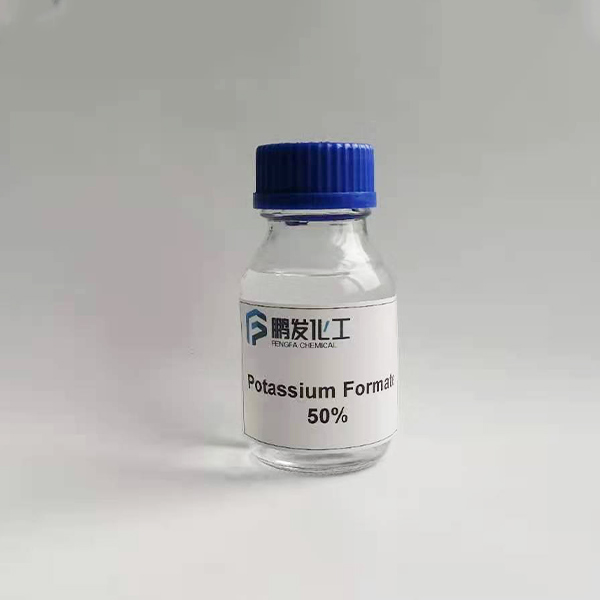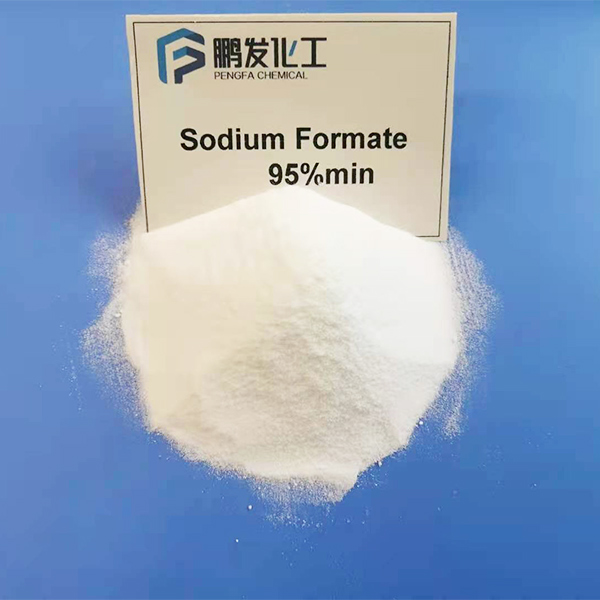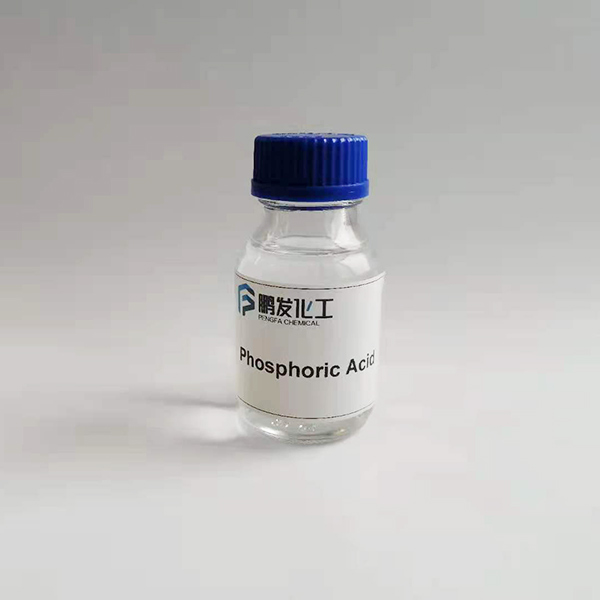The role of glacial acetic acid in printing and dyeing Why printing and dyeing to add glacial acetic acid
The role of glacial acetic acid in printing and dyeing Why printing and dyeing to add glacial acetic acid,
Glacial Acetic Acid, glacial acetic acid action, Glacial acetic acid manufacturers, glacial acetic acid merchants, glacial acetic acid model, Glacial Acetic Acid Suppliers, glacial acetic acid use,
Quality specification(GB/T 1628-2008)
|
Analysis items |
Specification |
||
|
Super Grade |
First Grade |
Normal Grade |
|
| Appearance |
Clear and free of suspended matter |
||
| Colour(Pt-Co) |
≤10 |
≤20 |
≤30 |
| Assay % |
≥99.8 |
≥99.5 |
≥98.5 |
| Moisture % |
≤0.15 |
≤0.20 |
—- |
| Formic Acid % |
≤0.05 |
≤0.10 |
≤0.30 |
| acetaldehyde % |
≤0.03 |
≤0.05 |
≤0.10 |
| Evaporation Residue % |
≤0.01 |
≤0.02 |
≤0.03 |
| Iron(Fe) % |
≤0.00004 |
≤0.0002 |
≤0.0004 |
| Permanganate Time min |
≥30 |
≥5 |
—- |
Physicochemical properties:
1. Colorless liquid and irritating dour.
2. Melting point 16.6 ℃; boiling point 117.9℃; Flash point : 39 ℃.
3. Solubility water, ethanol, benzene and ethyl ether immiscible, insoluble in carbon disulphide.
Storage:
1. Stored in a cool, ventilated warehouse.
2. Keep away from the fire, heat. The cold season should maintain a temperature higher than 16 DEG C, to prevent solidification. During cold season, temperature should be maintained above 16 DEG C to prevent/avoid solidification.
3. Keep the container sealed. Should be separated from the oxidant and alkali. Mixing should be avoided by all means.
4. Use explosion-proof lighting, ventilation facilities.
5. Mechanical equipment and tools that prohibit the use of easy to produce sparks.
6. Storage areas should be equipped with emergency treatment equipment and suitable housing materials.
Use:
1.Derivative:Mainly used in synthetising acetic anhydride,acetic ether,PTA, VAC/PVA,CA,ethenone,chloroacetic acid,etc
2.Pharmaceutical:Acetic acid as solvent and pharmaceuticalraw materials, mainly used for production of penicilin G potas-sium, penicilin G sodium, penicillin procaine, acetanilide,sulfadiazine, and sulfamethoxazole isoxazole, norfloxacin,ciprofloxacin, acetyl salicylic acid, non phenacetin, prednisone,caffeine, etc.
3.Intermediate:acetate ,sodium hydrogen di,peracetic acid,etc
4.Dyestuff and textile printing and dyeing:Mainly used inproducing disperse dyes and vat dyes,and textile printing anddyeing processing
5. Synthesis ammonia: In the form of cuprammonia acetate,used in refining syngas to remove a litl CO and CO2
6. Photograph: Developer
7. Natural rubber: Coagulant
8. Construction industry: Preventing concrete from frezing9. In addtin also widely used in the water treatment, syntheticfiber, pesticides, plastics, leather, paint, metal processing andrubber industry
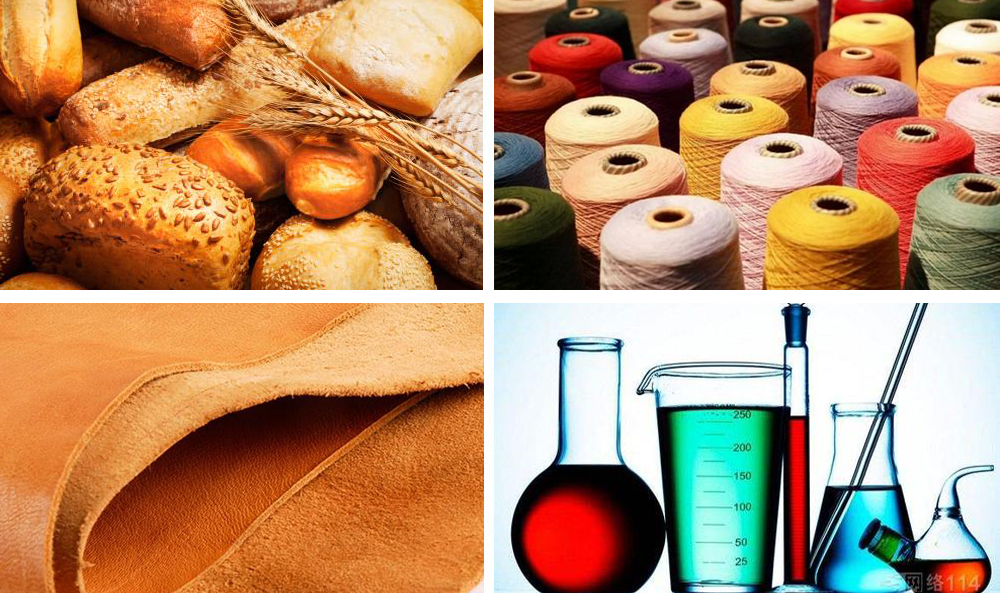

 Many people do not know what is printing and dyeing, printing and dyeing is also called dyeing and finishing, it is a kind of fabric pre-processing method, mainly in our daily use of fabric printing. In the printing and dyeing process, we usually use ice vinegar. So what is iced vinegar? Iced vinegar also known as acetic acid, also known as acetic acid, it is an organic monic acid, is the main component of the daily use of vinegar. At room temperature, its freezing point is 16.6 ° C, and it will become a colorless crystal after solidification.
Many people do not know what is printing and dyeing, printing and dyeing is also called dyeing and finishing, it is a kind of fabric pre-processing method, mainly in our daily use of fabric printing. In the printing and dyeing process, we usually use ice vinegar. So what is iced vinegar? Iced vinegar also known as acetic acid, also known as acetic acid, it is an organic monic acid, is the main component of the daily use of vinegar. At room temperature, its freezing point is 16.6 ° C, and it will become a colorless crystal after solidification.
So why do we use glacial acetic acid in the printing and dyeing process? Why does printing and dyeing use glacial acetic acid? Why add glacial acetic acid in printing and dyeing process? This is because when we are printing and dyeing, the pH value of disperse dye polyester should be between 4-6, so when adjusting the dye, it is necessary to use glacial acetic acid to dilute, for example, when we are printing and dyeing, the water required for dyeing is 4 tons, then we need to add 1000 milliliters of glacial acetic acid to adjust the pH value to 4-6.
This adjustment can help us to stabilize the stability of the dye to the greatest extent and avoid the problem of confusing the color when we print. However, in recent years, the development of China’s printing and dyeing industry has been highly valued by the government and the textile industry, and the state has included the technical transformation of the printing and dyeing industry in one of the key industries supported by the textile industry, so the dyeing means of the printing and dyeing industry has been greatly improved, I believe that with the continuous improvement of scientific development, We must be able to use scientific means to overcome the printing and dyeing industry difficult to solve the pH value problem.
It can be known that at present, we have used scientific means to appear modern electronic technology and automation technology, biotechnology and other high-tech coating printing and dyeing industry. Water-free or water-less printing and dyeing technologies such as micro-suspension printing, transfer printing, and digital printing, which are more common in production, have greatly accelerated the efficiency of research and development and production of ecological textiles and functional textiles. To the greatest extent, the pollution prevention and control of the printing and dyeing industry has been realized, and the transformation from the end treatment to the source prevention has been achieved.
However, compared with the ancient printing and dyeing methods in China, the modern science and technology printing and dyeing lacks the setting principle of the ancient method, the advantages of good color fastness and not easy to fade. But we believe that with the rapid development of science, we will eventually overcome these difficulties and obtain the best printing and dyeing methods. Combining traditional printing and dyeing technology with modern printing and dyeing technology, taking the essence and eliminating the dross, obtaining the most advanced technical means and achieving the most remarkable industrial results.

